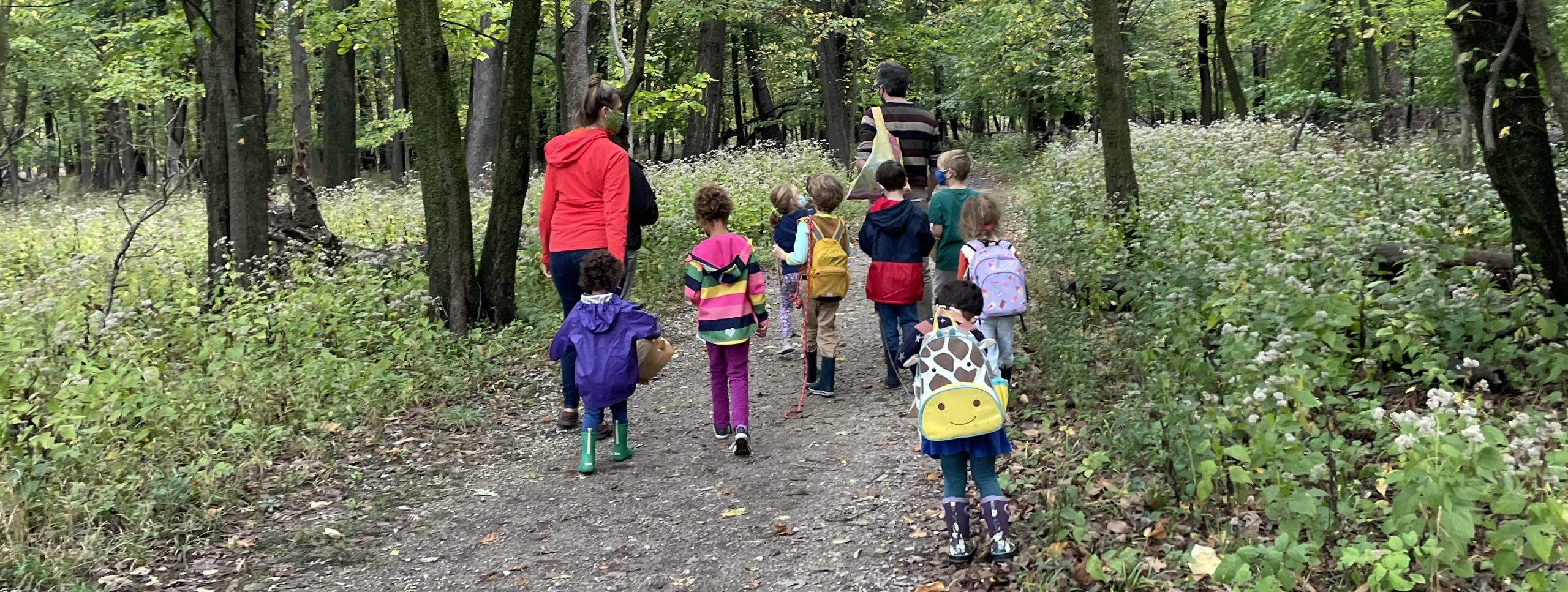The Quarks and the Supply Chain
The Quarks learned about Supply chains yesterday morning. We followed
a pair of underwear from the factory in China to the port, ocean
container, unloading in California, trans-loaded onto rail and taken
to a warehouse outside of Chicago. There it was stored until the
orders from the underwear store came in. We acted it out decorating
underwear and then packaging it and moving it through the supply
chain. We also talked about all the trucks we see on the road and
discussed all the different items that could be inside.
Each child was given their own truck to design and we guessed what
each one was hauling. We encouraged the children to think about where
different items came from and how they ended up in our homes, schools,
stores, etc. We will continue the unit next week discussing supply
chains and our food.
Quarks Art
Today we had fun exploring animal prints by stamping them into Model Magic clay. We also had the chance to paint with watercolors to reveal “mystery pictures”, which happened to be more animal prints (this was done using white crayon on white paper). Lastly, the kids colored some “clothes pin” people…stellar day!
Protons/Quarks Gym
Today we held the Olympic Games in gym! Protons and Quarks were put up to many challenges including: giggle belly circle, karate chop time, running at different speeds with different activities, and a final obstacle course where you had to wait patiently for your turn and cheer on your teammates. Everyone did a FANTASTIC job and was awarded with a special medal. Yay Protons/Quarks!!
Neutrons Idea Factory
In class today, our budding filmmakers learned about cameras and how they have been used in history of animation. I brought in a couple SLR cameras so that the neutrons could use them and see a little bit about the mechanics of photography, building blocks of movie making. I also brought in a few examples of storyboards and character development sheets to help review what we did last week, and we further explored character development with the kids through conversation about their characters and expressions. We set up our digital video animation camera on a tripod and took turns creating close-ups and a short recording while other students practiced moving a clay cat in short increments. This group is excited to make some movie magic!
Neutrons Book Club
We continued Charlotte’s Web, starting with some review since we haven’t had class for a while. As usual, the neutrons have amazing memories for details! We read chapters 7-9 then researched the meaning of some unfamiliar words we encountered, liked loathed, boast, twilight, and brisk. We had a short discussion, primarily about whether Fern was “nuts” or whether she could actually understand what animals said. Then we did a writing project where the kids chose animals and made up something that the animal would say. The kids were especially engaged with writing today and I think it is primarily because I had 3 wonderful adults, Finn, Kristen, and Steven, helping them along. Thank you!
Electrons and Muons in Writer’s Workshop
Continuing our study of point of view, we focused on how point of view affects a reader’s interpretation of the hero and villain of a story. We read Lyle, Lyle, Crocodile, by Bernard Waber, made a character list, and determined whether we liked, disliked, or felt indifferent about each character. We then discussed who we felt was the hero and villain of the story and how the narrator’s point of view led us to that conclusion. The children then used these ideas in a creative writing prompt where they rewrote a section of the story in the first person from the villain’s point of view. After writing creative accounts from the villain’s perspective, the students were encouraged to share what they wrote.
Muon Magic
Today the Muons discussed and practiced various debate tactics, logical reasoning skills, and conducted a brief overview of some common logical fallacies. Each child was asked to make a factual statement (e.g., “This eraser was manufactured by Staples.”), while the other children attempted to detract them from proving the statement was true by employing the “Red Herring” fallacy in logic (e.g., “Yes, but are you sure that is how Staples is pronounced?”). After three scenarios spent discussing and debating three distinctive factual statements, the Muons learned to quickly identify “Red Herrings” which were designed to distract their opponent by changing the topic of the debate, and worked on focusing on the facts which were the subject of the debate.
Muon / Electron Art
We continued with our papier mache puppets. The kids took the project into Phase II, where they applied paint, material, buttons, googly eyes, and other materials to their puppets.
Supply Chains, Filmmaking and Red Herrings

